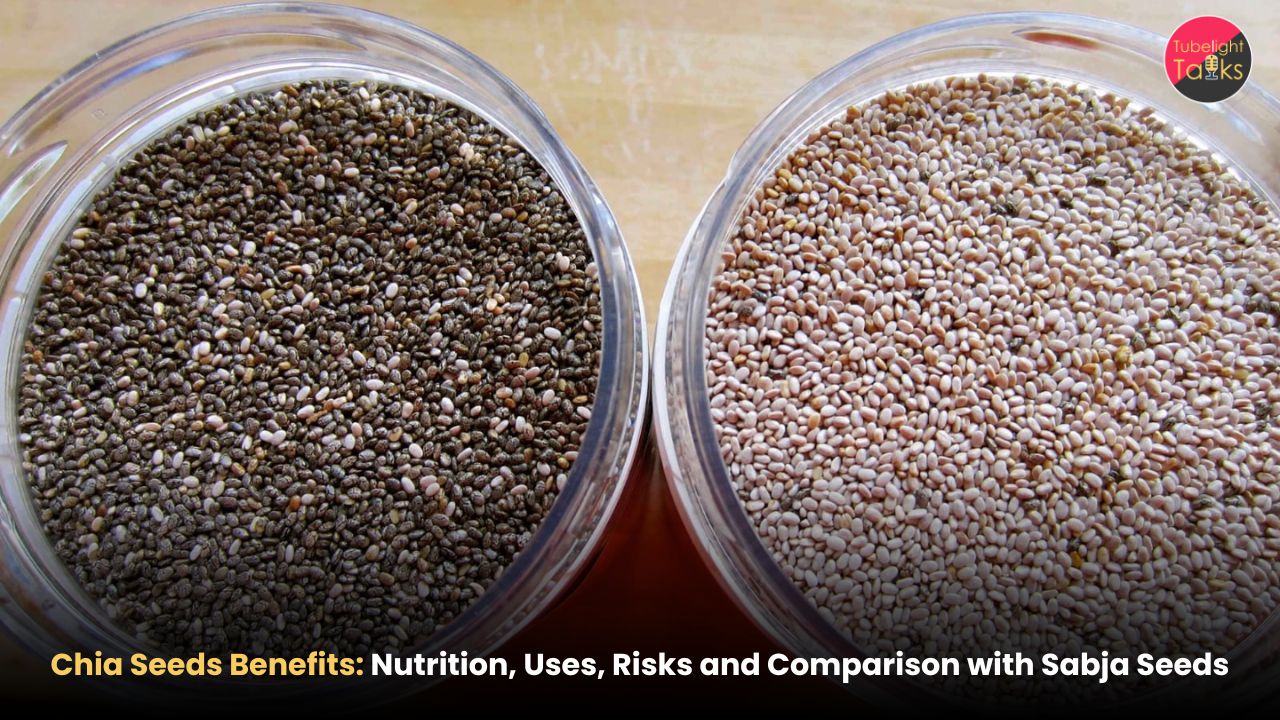According to WHO guidelines, India has the 12th greatest prevalence of inadequate physical activity.
According to recent data published in the Lancet Global Health, half of adult Indians do not engage in enough physical activity as recommended by the World Health Organisation (WHO).
More women (57%) than males (42%) are physically inactive. Most ominously,the frequency of insufficient physical exercise among Indian people has risen dramatically from 22.3% in 2000 to 49.4% in 2022.
Main Points
- 57% of women and 42% of men report being physically inactive.
- By 2030, 60% of our population would be unsuitable.
- Increased risk of conditions like dementia, Type 2 diabetes, heart attacks, strokes, and breast and colon cancers.
- Out of 195 countries, India has the 12th greatest prevalence of inadequate physical exercise.
Should Indians be concerned?
Of Course they should. Due to genetic differences, Indians are at least ten years younger than other people in getting non-communicable diseases including diabetes and heart disease.
57% of women and 42% of men report being physically inactive, which means that by 2030, 60% of our population would be unsuitable and susceptible to illness as a result of insufficient physical activity.
What makes this study important?
Due to genetic differences Indians are more prone to different life threatening illnesses.
The World Health Organisation advises all individuals to engage in at least 150 to 300 minutes of moderate aerobic activity (or comparable strenuous activity) every week. Not engaging in 150 minutes of moderate-intensity exercise, 75 minutes of vigorous-intensity activity, or an equivalent combination of both each week is considered insufficient physical activity.
Out of 195 countries, India has the 12th greatest prevalence of inadequate physical exercise. In 2022, around 1.8 billion adults worldwide—roughly one-third, or 31%—did not engage in the recommended amounts of physical activity.
The Value of Exercise
We are aware that maintaining an active lifestyle is one of the best strategies to maintain good health. However, did you know that it can also raise your standard of living and general well-being?
Frequent exercise can reduce stress, anxiety, despair, and rage.
Your body gradually loses its strength, endurance, and capacity to operate normally if you don’t exercise regularly.
After eating your daily apple, get up! An excessive amount of sitting and other sedentary behavior can raise your risk of stroke and heart disease. According to one study, those who watch more than four hours of television every day have an 80% increased risk of dying from heart disease.
A spiritual approach for maintaining good health
Do you believe in God? No? Don’t worry because many people don’t, but that doesn’t change the truth.
You know where science ends, spirituality begins.
Nowadays many people diet, eat healthy food, maintain a good and scheduled life but still they get ill or suffer from various diseases.
Only being physically fit cannot fix your life, your mental health is important too.
People get so busy in their scheduled life that they forget to take care of their mental health or peace.
A true saint or guru gives the right way of devotion (bhakti) and the right mantras which will keep you fit, give you a long life and let you live the life you dreamt of.
If you want to know the right way of devotion (bhakti) and want to live a long and happy life then must visit –
FAQ (Frequently asked questions)
Q.1 How much time should we exercise daily?
Ans. According to WHO all individuals should engage at least 150-300 minutes of moderate aerobic activity daily.
Q.2 What is the main cause of poor health in India?
Ans. Water pollution is the main cause of poor health in India.
Q.3 Which state is no.1 in health in India?
Ans. Kerala
Q.4 Which state of India has poor health?
Ans. Bihar, Jharkhand, Madhya Pradesh and Uttar Pradesh.










